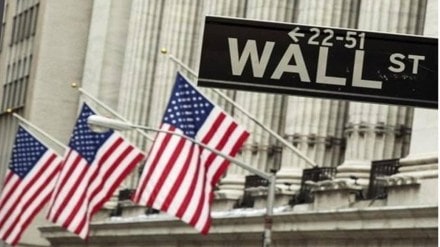US Fed actions are directed to slow down the pace of the price rise. The US inflation is at a 40-year high and unrelenting to come down even after a 3% rate hike in 2022. Fed may have to revise the quantum of rate hikes upwards and not let inflation peak yet again. But, bringing down inflation from levels of around 8% to under 2% may not leave the economy undamaged. The recession is, therefore, a widely anticipated event that the US may have to be officially announced sometime in 2023.
Back in August, Federal Reserve Chairman Jerome Powell’s remarks rang the bell for a recession. The head of the Fed stated categorically that interest rates might stay high for some time to come. “While higher interest rates, slower growth, and softer labor market conditions will bring down inflation, they will also bring some pain to households and businesses. These are the unfortunate costs of reducing inflation. But a failure to restore price stability would mean far greater pain,” – Powell said during the Jackson Hole Economic Policy Symposium 2022.
Also Read: 5 key factors being closely watched by global equity investors
The Q2 US gross domestic product (GDP) fell an annualized 0.6% after a 1.6% drop in the first three months of the year. Still, there is no official take on the recession in the US. Officially, it is still not a recession in the US until economists at the National Bureau of Economic Research deem it so.
Also Read: Fed to deliver 4th consecutive 75 bps rate hike in November
“The National Bureau of Economic Research (NBER), the official authority tracking US recession, follows a more flexible and broad-based definition and has not yet acknowledged the US economy is in recession. Various polls conducted in the US point to a very high probability of a recession in the US, including the latest Bloomberg poll predicting 100% probability of recession,” informs Ram Kalyan Medury, Founder and CEO of Jama Wealth, an investment advisory firm.
